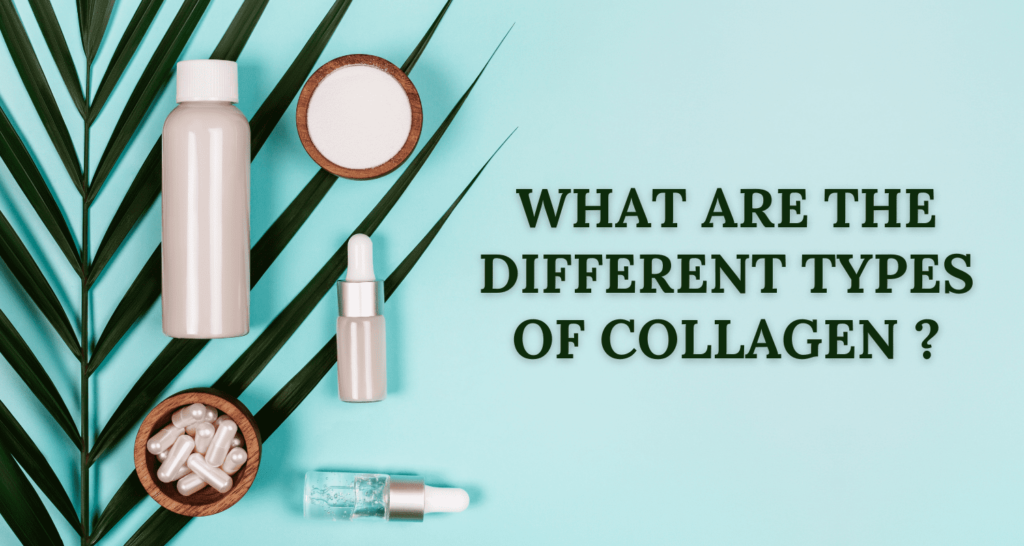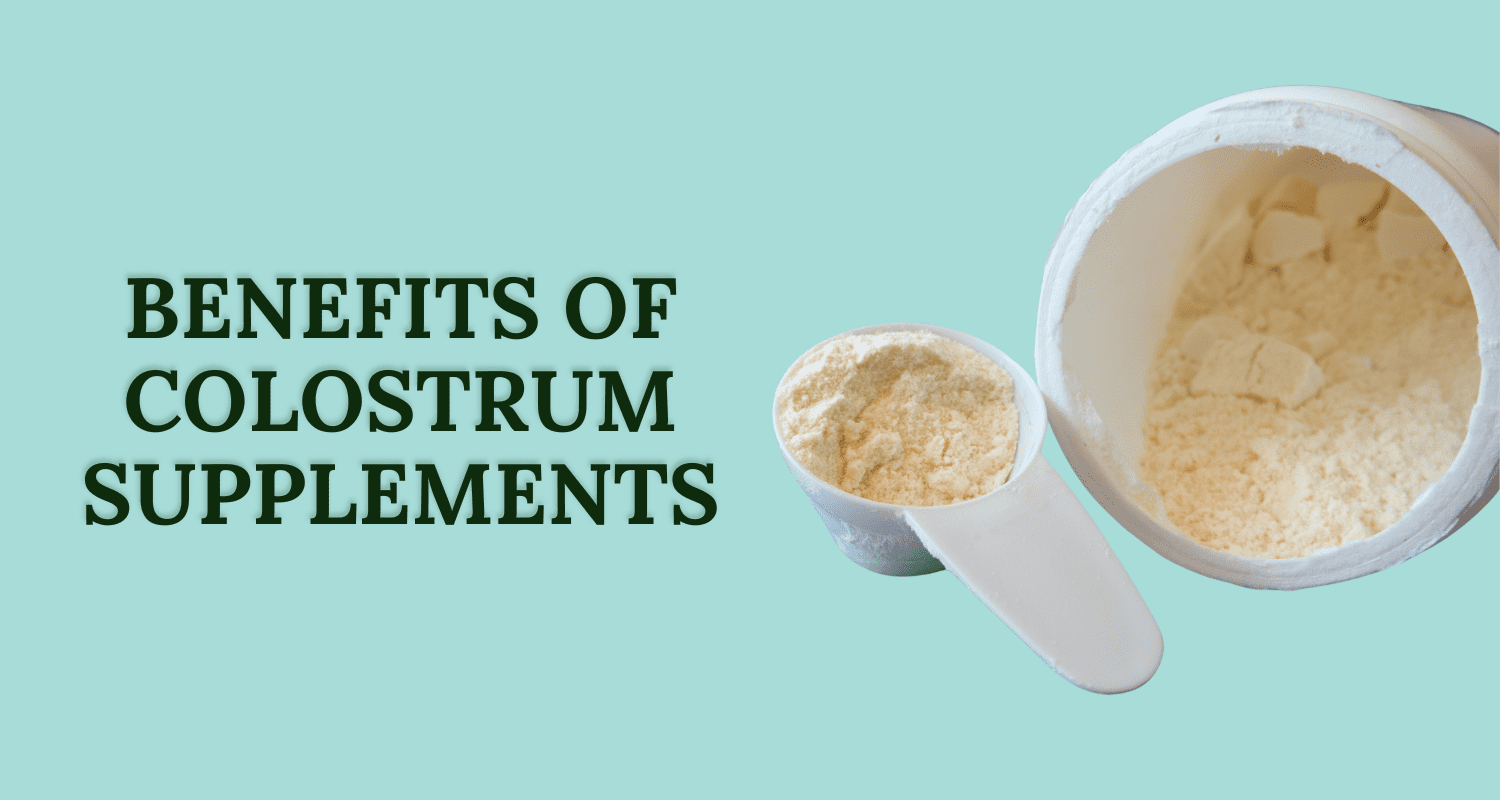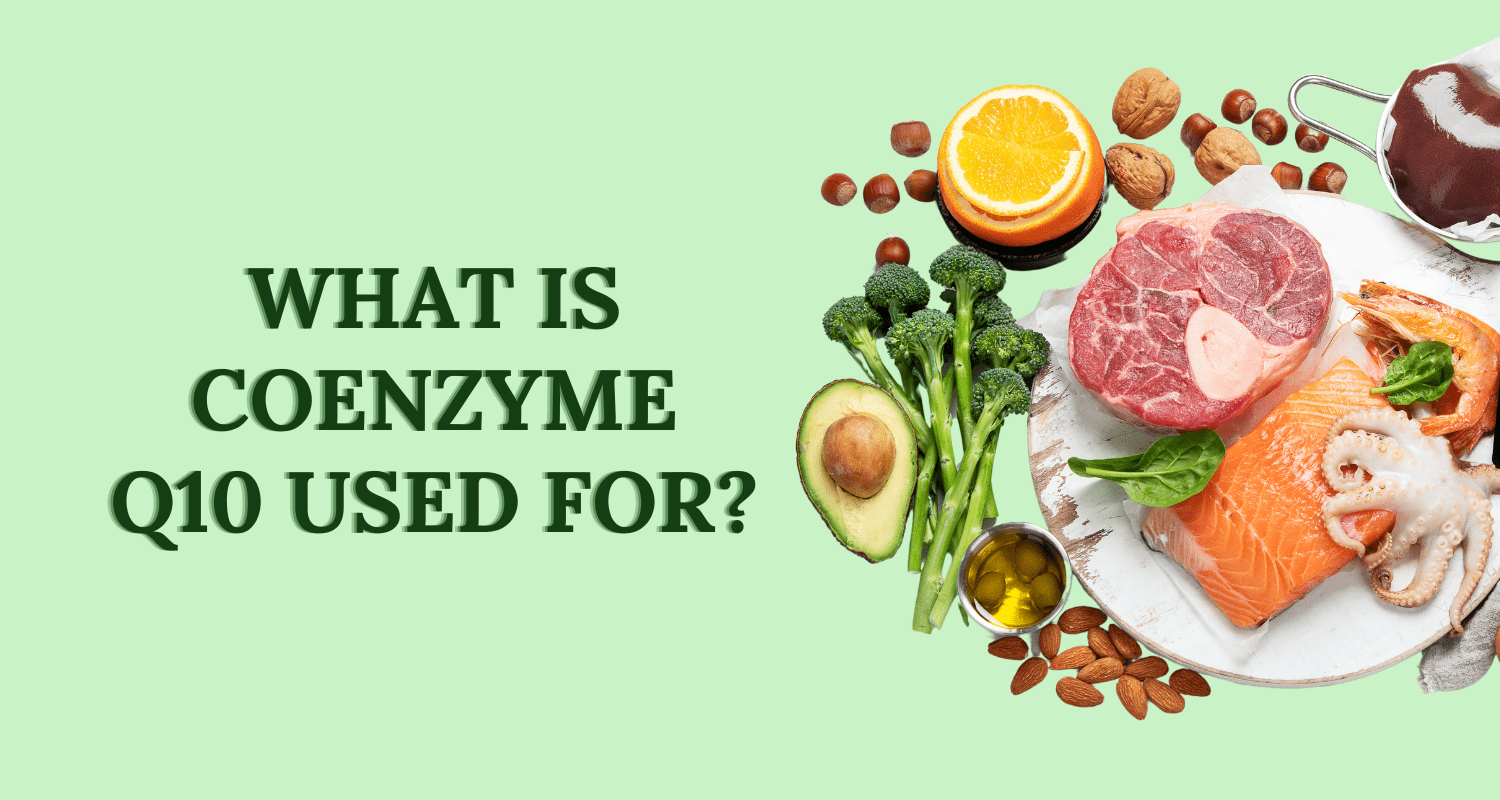Did you know that collagens are everywhere in mammals?
They are the most abundant proteins, making up 28 different types. Each type has a unique structure called a triple-helical domain.
These proteins do more than just support our bodies. They help organize our tissues and work closely with our cells. Collagens join together in large groups to form structures that control how cells behave.
In this article, we’ll explore what are the different types of collagen, along with signs of collagen loss and factors affecting collagen production.
Let’s delve into what are the different types of collagen.
Key Takeaways:
- What are the different types of collagen? Collagens are the most abundant proteins in mammals, with 28 members.
- They play structural roles, contribute to tissue organization, and interact with cells.
- Collagens form supramolecular assemblies that shape tissues and regulate cell behavior.
The Collagen Family
What are the different types of collagen? The collagen superfamily has 28 types of proteins, from I to XXVIII. They are known for their wide range of molecular structures and larger assemblies.
Each collagen type has its own special look. This includes a triple helix, α chains, and how they’re put together. These differences help these proteins do different jobs in our bodies.
Collagens are split into even more types based on minor differences and special features. Some have glycosaminoglycan chains, making them even more diverse.
It’s important to understand how collagens are grouped. This knowledge helps scientists study how they work in our bodies. They play a major role in how our tissues grow and cells talk to each other.
Type I Collagen
Type I collagen is key in our bodies, and a big part of all collagen. It helps with the shape and support of skin, bones, tendons, and ligaments.
This collagen is tightly packed, making it very strong. Its strong nature keeps tissues together well.
For skin, type I collagen keeps it firm and elastic. It also helps the skin stay looking young and healthy.
For bones, it is like the foundation. Type I collagen makes up the matrix inside bones. This gives bones their strength, allowing us to move and walk.
Even tendons and ligaments need this type of collagen. It makes them sturdy and flexible. So, we can do things like run and play sports without them tearing.
In summary, type I collagen is super important. It helps keep our skin, bones, tendons, and ligaments strong and working well.
Type II Collagen
Type II collagen is a key part of elastic cartilage. It helps joints stay flexible and absorbs shocks. Without it, smooth joint movements and overall joint health would not be possible.
Our joint’s cartilage acts like a cushion. It allows bones to move smoothly. Type II collagen gives this cartilage its special stretchiness and strength. This dense network of fibrils makes our joints strong and able to handle a lot of pressure.
As we get older, we make less type II collagen. This can lead to joint pain, stiffness, and less movement. But, we can help our joints by eating foods rich in type II collagen or taking supplements.
Key Benefits of Type II Collagen:
- Enhances Joint Support: It supports healthy joints, making bending and moving easier.
- Helps Maintain Cartilage Health: It keeps cartilage strong and working well, which is key for good joint health.
- Aids in Shock Absorption: Type II collagen helps absorb shock, protecting our joints when we move a lot.
Eating foods high in type II collagen and thinking about collagen supplements can help our joints. But, always talk to a doctor before trying new supplements or big diet changes.
Type III Collagen
Type III collagen is found in many parts of the body, like muscles, organs, and arteries. It helps keep these parts strong and working well.
In muscles, it teams up with other collagens to give muscles their stretchiness and strength. It keeps muscle tissues solid, which helps muscles work together smoothly.
For organs, type III collagen makes a fiber network that props up cells and tissues around it. This process is key in how organs do their jobs. For instance, in the liver, this collagen supports blood vessels and other critical parts.
This type is in arteries too, boosting their flexibility and power. It’s crucial for the arteries to handle pressure from the blood. This makes sure the body’s flow functions well.
Summing up, type III collagen does a lot to keep our body running well. It’s vital for muscles, organs, and blood vessels. Its work is crucial for our health and organs to do their jobs.
Type IV Collagen
Type IV collagen is key in the basement membrane. It offers vital structural help to the skin and other tissues. This collagen keeps the epithelial layer working right, which is crucial for organs and tissues.
The basement membrane supports the cells and blocks between tissue layers. Type IV collagen weaves a strong network in this membrane layer. It’s built to bear pressure and keep the tissues solid.
In the skin, type IV collagen is essential for the dermis’ form and function. This is where elasticity and support come from. It acts as a base for other parts of the matrix, supporting the cells’ attachment and movement.
It’s not just skin; type IV collagen is in the basement membranes of organs like the kidneys, lungs, and blood vessels. It helps these organs stay strong and lets some substances through selectively.
Type IV collagen is a major part of the basement membrane. It’s vital for the skin and other tissues’ health. It keeps the epithelial layer working well, which is key for tissues to do their job.
Type V Collagen
Type V collagen is a crucial part of different body tissues. These include the cornea in the eyes, certain skin layers, hair, and placental tissue. It helps keep these areas strong and working well.
In the eyes, type V collagen is key for clear vision. It gives the cornea its strength and helps maintain its see-through quality. This makes sure the eye can focus light the right way.
It’s also in the skin, where it keeps things smooth and bouncy. Type V collagen supports skin health and its youthful look. It’s a big part of why skin can stretch and flex.
Then, there’s its role in your hair. It keeps hair from breaking easily and helps it stay flexible. Type V collagen is especially important for how hair grows, making sure it’s healthy.
Lastly, it’s found in the placenta, supporting life before birth. This special tissue keeps the baby’s environment safe and strong. It helps the baby get what it needs from the mother.
Things to Remember:
1. Type V collagen is found in the cornea, skin, hair, and placental tissue.
2. In the cornea, it maintains transparency and strength.
3. In the skin, it contributes to elasticity and structure.
4. In hair, it supports strength, elasticity, and resistance to damage.
5. In placental tissue, it plays a role in supporting fetal growth and development.
Collagen and Aging
Collagen is an important protein in our bodies. But, its production slows down as we get older. This drop causes our skin to have less collagen, making us look older.
When collagen levels drop, wrinkles start to show. Collagen keeps our skin tight and bouncy. But with less collagen, the skin loses its firmness. This makes lines and wrinkles appear.
Less collagen also means our skin can’t bounce back easily. Collagen keeps our skin elastic. But as we age and have less collagen, the skin can sag. It might not move back right after being stretched.
Ever feel joint pain or stiffness? It might be because of less collagen. Collagen acts like a cushion for our joints. Without this cushion, our joints might grind together. This leads to pain and stiffness.
Collagen is key for our gut, too. It helps make the lining of our digestive tract strong. But if we have less collagen, this lining can get thin. A thin lining might cause stomach issues.
Signs of Collagen Loss:
- Wrinkles and fine lines
- Loss of elasticity
- Joint pain and stiffness
- Thinning of the digestive tract lining
Knowing about collagen and its effects is important. It helps us take steps to support our collagen levels. We can do this by eating foods high in collagen or even taking collagen supplements. This can help us look and feel better as we age.
Factors that Affect Collagen Levels
Lifestyle choices can play a huge role in our collagen levels. Things like smoking, too much sugar, and getting too much sun hurt our collagen. These habits can slow down how much collagen our body makes.
Let’s see how each one harms our collagen.
Smoking and Collagen
Smoking harms our collagen and makes our skin age faster. The bad stuff in cigarettes hurts collagen fibers. This makes our skin get wrinkles, lines, and droop. If you quit smoking, your skin can stay healthier and look better.
Sugar and Collagen
Too many sugary treats, especially if they have a lot of processed sugar, hurt our collagen. Sugar can make our collagen stiff and easy to damage. When our collagen is weak, our skin gets wrinkled and loses its stretch. This also messes with our tissue’s health.
UV Exposure and Collagen
Getting too much sun or using tanning beds can also mess with our collagen. The UV rays make free radicals that harm our collagen fibers. This causes our collagen to break down and make less of it.
Then, our skin shows more signs of being old, like sun spots and lines. To keep our collagen strong, we need to wear sunscreen and cover up in the sun.
To keep our collagen levels up, we need to watch out for these things. Avoiding smoking, cutting back on sugar, and protecting our skin can help. A healthy lifestyle is the key to looking and feeling our best. It helps our skin stay young and our tissues stay strong.
Collagen-rich Foods and Supplements
Collagen-rich foods and supplements are key in boosting your well-being. These foods might not directly raise your body’s collagen levels. But, they do offer crucial amino acids and nutrients needed for making collagen.
Here are some top foods high in collagen that you should eat:
- Fish like salmon and tuna are packed with glycine and proline, essential for building collagen.
- Berries such as strawberries and blueberries help protect collagen with their high antioxidant content.
- Leafy greens like spinach and kale support collagen production with their vitamins and minerals.
- Bone broth supplies the essential amino acids and collagen necessary for your body’s collagen.
Many people add collagen supplements to their diet as well. These supplements come in various types, with collagen peptides being quite popular.
Collagen peptides come from collagen protein and focus on improving skin and joint health. They are usually hydrolyzed. This means they are broken down into smaller parts, making them easier for your body to use.
Research shows that taking collagen peptides can make your skin more elastic and lessen wrinkles. These supplements might also help your joints. Still, we need more studies to fully grasp collagen supplementation’s benefits.
Always talk to a doctor before introducing new supplements. They might offer advice tailored to your health needs and objectives.
Conclusion
What are the different types of collagen? Collagen is key to our body’s health. There are many kinds of collagen, each with its own job. They give strength, flexibility, and support to our tissues and organs. Knowing about the types like Type I to V helps us see how important they are for us.
Type I collagen is found in the skin, bones, tendons, and ligaments. It keeps them tough and strong. Type II lets joints move smoothly and absorb shock. Type III supports muscles, organs, and arteries, while Type IV helps our skin stay sturdy. Type V is all about the cornea, skin, hair, and placental tissue.
To stay healthy, we need to take care of our collagen. As we get older, our body makes less. This shows up as aging signs like wrinkles and joint pain. Bad habits like smoking and too much sugar can make it worse. We should choose healthy ways to keep our collagen levels up.
In wrap-up on what are the different types of collagen, collagen is a vital protein. Studying its types and roles helps us support our health and well-being. We can do a lot for our body by understanding how to care for our collagen.
FAQs
What are the different types of collagen?
There are at least 28 types of collagen, but the most common ones are types 1, 2, and 3.
What is collagen type 1, type 2, and type 3?
Type 1 is abundant in skin, bones, and tendons; type 2 is found in cartilage; and type 3 is prevalent in organs and skin.
What is the best type of collagen?
The best type of collagen depends on your specific health goals. Type 1 is popular for skin health, type 2 for joint support, and type 3 for organ health.
What is type 5 of collagen?
Type 5 collagen is less common and is primarily found in cell surfaces, hair, and the placenta.
How many different types of collagen are there?
There are at least 28 types of collagen identified so far, with types 1, 2, and 3 being the most well-known.
What is type 3 collagen best for?
Type 3 collagen is beneficial for supporting the structure and elasticity of organs, skin, and blood vessels.
Is type 1, 2, or 3 collagen better?
It depends on your specific needs. Type 1 is often preferred for skin health, type 2 for joint support, and type 3 for organ and skin elasticity.
Disclaimer: This content, including advice, provides generic information only. It is not a substitute for a qualified medical opinion. Always consult a specialist or your doctor for more information. Nutrition Cult does not claim responsibility for this information.




